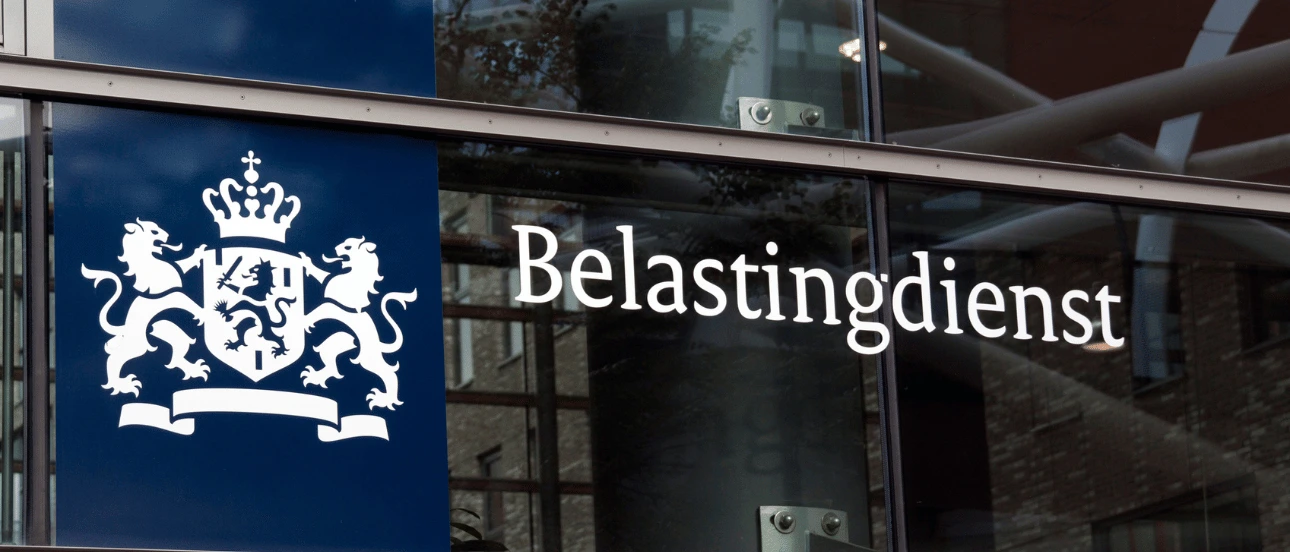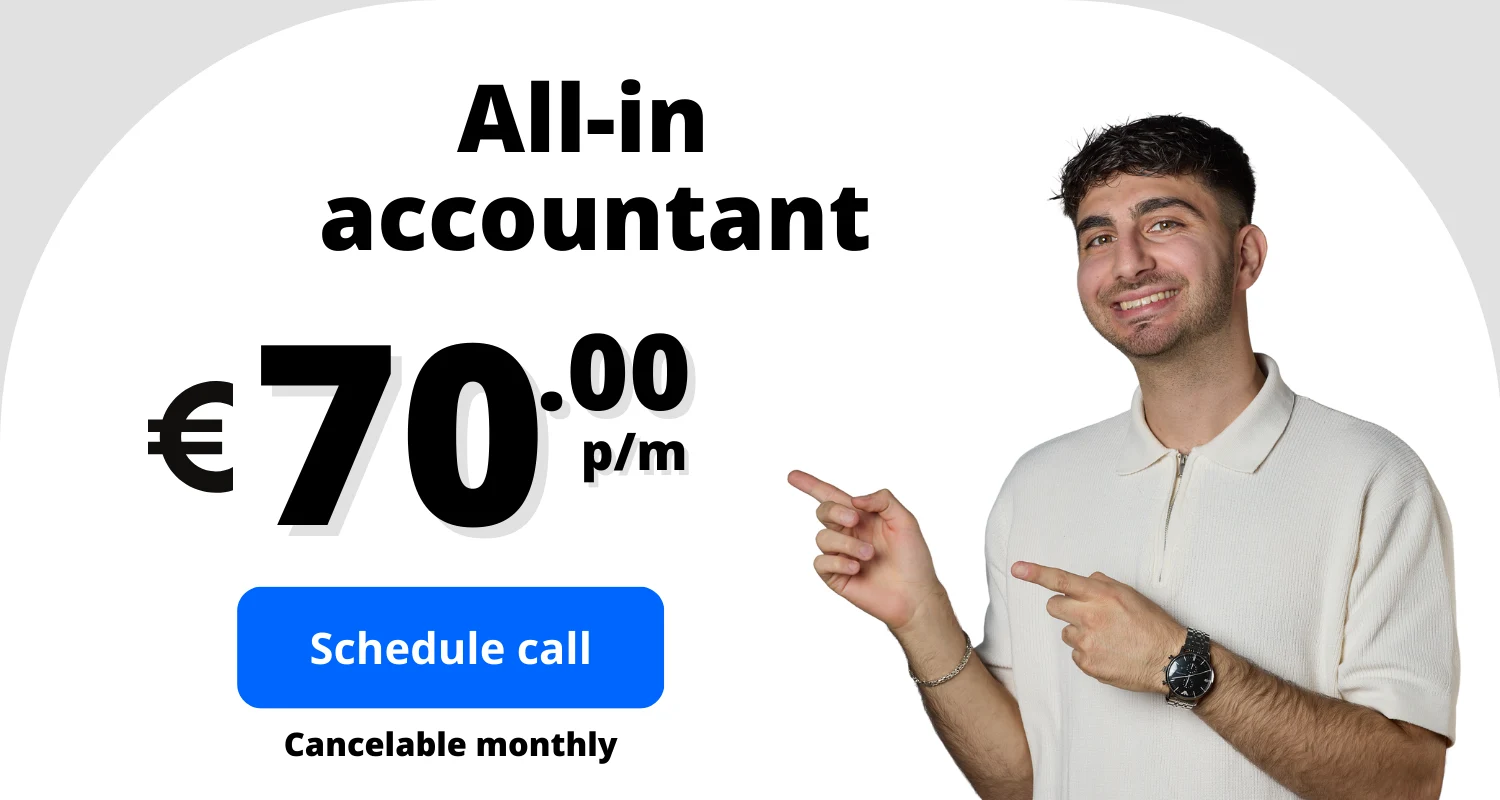What is false self-employment?
Sham self-employment means that you officially work as a self-employed person, but in practice you actually just work like an employee. For example, you have fixed working hours, are under direct management and hardly run any risks yourself. For the client, this is advantageous because he does not have to pay payroll taxes and premiums. For you, on the other hand, it can be disadvantageous: you do not build up collateral and the tax authorities can still consider you an employee afterwards. As a result, you lose tax benefits and may receive an additional tax assessment.
The DBA Act
In 2016, the DBA Act replaced the old VAR declaration. With this law, both you and your client are responsible for arranging your collaboration properly. This is often done through model agreements approved by the Tax Authorities. These state, for example, that you yourself determine how you perform your work, so that no employment relationship arises. In practice, the law proved tricky: the rules were not always clear and there were few checks. However, since 2025, the Tax Authorities have announced that they will be enforcing it more actively again. Therefore, it is more important than ever to carefully record your agreements with the client and comply with them in practice.
The VBAR Act
From 2026, the VBAR Act will apply: Clarification of Employment Relationship Assessment and Legal Presumption. This law makes it clearer when you are really self-employed and when the tax authorities actually see you as an employee. This mainly looks at the relationship between you and your client. Who is in charge of your work, how much freedom do you have to carry it out as you see fit and do you bear any risk yourself as an entrepreneur? The more the client controls and the less risk you bear, the more likely the partnership will be classified as salaried employment.
Minimum rate of €36 per hour
An important part of the VBAR is the legal presumption of employment at a rate lower than €36 per hour. If you earn less, the tax authorities will automatically assume you are an employee. The client must then prove that you are self-employed. This rate is linked to the minimum wage and intended to prevent exploitation. For you, this means that you need to pay close attention to your rates.
Control by the Inland Revenue
The Inland Revenue does not only look at the agreement, but especially at the practice. Do you work day in and day out at the same place, with the same working hours and under the guidance of a manager? If so, that could be enough to consider you an employee. Since 2025, the tax authorities have been actively starting checks again. Often, this starts with a warning, but if the situation does not change, from 2026 an additional tax assessment or fine can immediately follow.
Fines for false self-employment
If there is false self-employment, the client must pay payroll taxes and social security contributions retrospectively. The standard penalty is 10% of the amount due, but can be as high as 50%
For you as a self-employed person, the penalty is usually not directly on you, but you can suffer a considerable disadvantage. This is because the Inland Revenue may decide to cancel previously applied benefits, such as the self-employed deduction and the SME profit exemption, to be reversed. That means you still have to pay extra tax on previous years. Such a correction can lead to unexpectedly high assessments you hadn't anticipated.
How to prevent false self-employment?
To avoid your collaboration being seen as paid employment, it is important to make your entrepreneurship visible. Note the following:
- Work for multiple clients: This is how you show that you are not dependent on one party.
- Record agreements in a clear assignment agreement: Make sure this states that you decide how, where and when you work.
- Use your own materials and assets: Work with your own laptop, tools or software instead of the client's.
- Make your own investments: This shows that you bear entrepreneurial risk yourself.
- Carry risks like an entrepreneur: Think: no sick pay or bearing the cost of your own business operations.
The more your working methods match those of a real entrepreneur, the less likely the tax authorities will classify your work as employment.
Checklist false self-employment
There are a number of signs by which you can recognise that you may be sham self-employed. For example, consider situations where you:
- Working almost full-time for one client and therefore depending on that one source of income.
- Performing your work in the manner prescribed by the client, including fixed working hours or location.
- Does not bear entrepreneurial risk itself or invest in business assets.
- Can't get your job done by someone else.
- Being fully part of your client's organisation, as if you were an ordinary employee.
If you recognise several of these signs, it is wise to reconsider your position. In that case, it may be useful to seek legal or tax advice so that you are not retrospectively classified as an employee and miss out on benefits.
Frequently Asked Questions
When are you a sham self-employed person?
This is what you are when you are registered as a self-employed person but work under conditions that belong to salaried employment.
How to prevent false self-employment?
By clearly showing that you are an entrepreneur: multiple clients, your own resources and freedom in work execution.
What is the penalty for false self-employment?
The Inland Revenue can impose surcharges and from 2026 also fines of up to 10% or even 50% for fraud.
How long can you work for one client?
There is no hard limit, but long-term exclusive work for one client increases the risk. Many clients therefore apply a term of up to two years.






